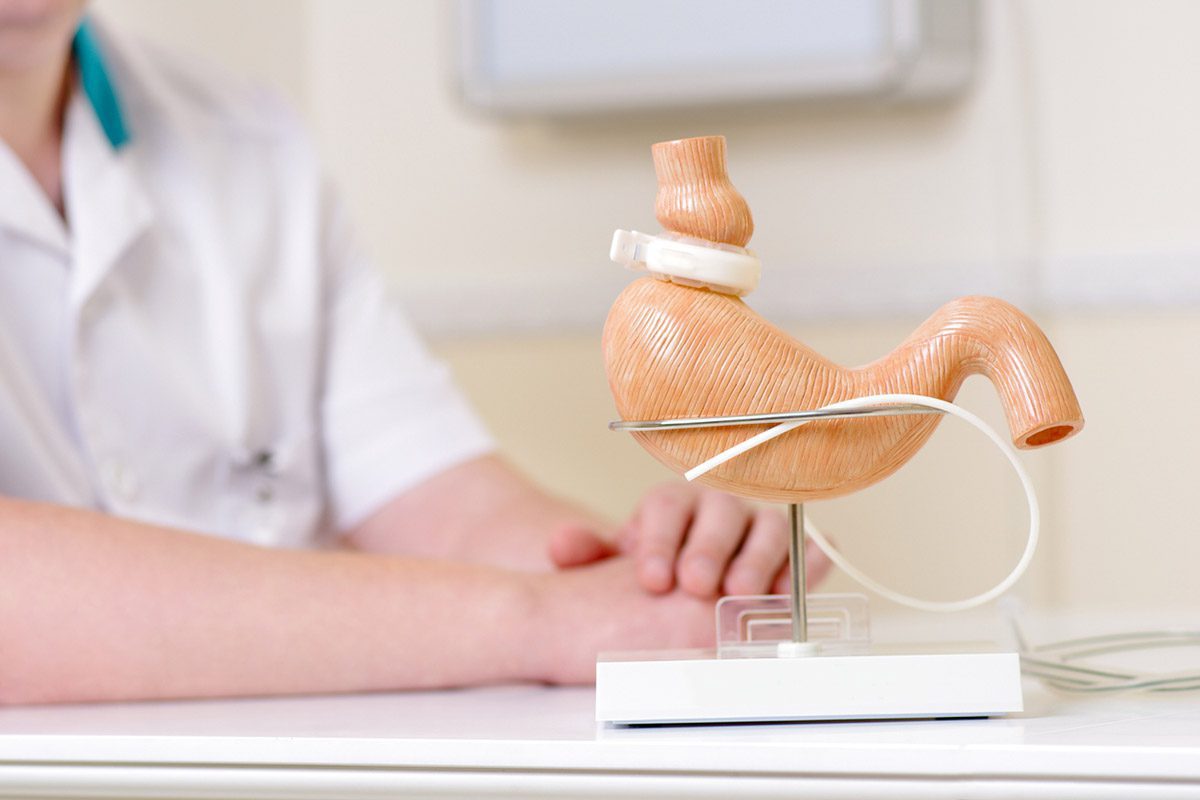Because this piece does not have an abstract, we have provided for your benefit the first 3 sentences of the full text.
To the Editor: In the September 2016 issue of the Journal, Cox et al carefully examined and quantified gaps in the treatment cascade that occurs from the development to remission of depression during the perinatal period. Their thoughtful elucidation of the problems that occur at each step of their model provide not only an excellent summary but also helpful recommendations for improving care at each of these steps. This publication will no doubt enhance clinical guidelines aimed at recognizing and treating perinatal depression.
This work may not be copied, distributed, displayed, published, reproduced, transmitted, modified, posted, sold, licensed, or used for commercial purposes. By downloading this file, you are agreeing to the publisher’s Terms & Conditions.
See reply by Cox et al and article by Cox et al
A Potential Gap in the Perinatal Depression Treatment Cascade
To the Editor: In the September 2016 issue of the Journal, Cox et al1 carefully examined and quantified gaps in the treatment cascade that occurs from the development to remission of depression during the perinatal period. Their thoughtful elucidation of the problems that occur at each step of their model provide not only an excellent summary but also helpful recommendations for improving care at each of these steps. This publication will no doubt enhance clinical guidelines aimed at recognizing and treating perinatal depression.
In addition to the helpful recommendations contained in this work, we wish to also highlight the importance of screening for medical comorbidities associated with depressive symptoms in women experiencing perinatal depression. The inclusion of this suggestion is supported by a recent review article2 published in the Journal that discussed the importance of recognizing and treating other medical conditions as a means of improving the prognosis in those with depression. The clinical recognition of physical comorbidities during the screening process for perinatal depression should be considered, because these comorbidities are not only common but also may increase the risk for various complications in women and their offspring.3-6 Of particular interest to women and their health care providers are both postpartum iron deficiency and thyroid dysfunction.
Indeed, work cited in the guidelines5,6 for the American College of Obstetricians and Gynecologists support that both iron deficiency anemia and postpartum thyroiditis can play a role in the development of depressive symptoms in the postpartum period. Furthermore, clinicians and researchers in primary care and endocrinology have recommended that clinicians examine thyroid indices in women presenting with postpartum depression, acknowledging the strong association noted between hypothyroidism and depressive symptoms.7-9 The consideration of these medical comorbidities during the initial step of screening for perinatal depression could further enhance the development of optimal treatment plans for patients and potentially improve remission rates as well.
References
1. Cox EQ, Sowa NA, Meltzer-Brody SE, et al. The perinatal depression treatment cascade: baby steps toward improving outcomes. J Clin Psychiatry. 2016;77(9):1189-1200. PubMed doi:10.4088/JCP.15r10174
2. Thase ME. Managing medical comorbidities in patients with depression to improve prognosis. J Clin Psychiatry. 2016;77(suppl 1):22-27. PubMed doi:10.4088/JCP.14077su1c.04
3. Bramham K, Parnell B, Nelson-Piercy C, et al. Chronic hypertension and pregnancy outcomes: systematic review and meta-analysis. BMJ. 2014;348:g2301. PubMed doi:10.1136/bmj.g2301
4. Ferrara A. Increasing prevalence of gestational diabetes mellitus: a public health perspective. Diabetes Care. 2007;30(suppl 2):S141-S146. PubMed doi:10.2337/dc07-s206
5. American College of Obstetricians and Gynecologists. ACOG Practice Bulletin No. 95: anemia in pregnancy. Obstet Gynecol. 2008;112(1):201-207. PubMed doi:10.1097/AOG.0b013e3181809c0d
6. American College of Obstetricians and Gynecologists. Practice Bulletin No. 148: thyroid disease in pregnancy. Obstet Gynecol. 2015;125(4):996-1005. PubMed doi:10.1097/01.AOG.0000462945.27539.93
7. Hirst KP, Moutier CY. Postpartum major depression. Am Fam Physician. 2010;82(8):926-933. PubMed
8. Stagnaro-Green A, Abalovich M, Alexander E, et al; American Thyroid Association Taskforce on Thyroid Disease During Pregnancy and Postpartum. Guidelines of the American Thyroid Association for the diagnosis and management of thyroid disease during pregnancy and postpartum. Thyroid. 2011;21(10):1081-1125. PubMed doi:10.1089/thy.2011.0087
9. De Groot L, Abalovich M, Alexander EK, et al. Management of thyroid dysfunction during pregnancy and postpartum: an Endocrine Society clinical practice guideline. J Clin Endocrinol Metab. 2012;97(8):2543-2565. PubMed doi:10.1210/jc.2011-2803
aDepartment of Public Health Sciences, University of Toronto, Canada
bDepartment of Psychiatry and Behavioural Neurosciences, McMaster University, Canada
cDepartment of Obstetrics and Gynecology, McMaster University, Canada
Potential conflicts of interest: The authors report no financial or other relationship relevant to the subject of this article.
Funding/support: None.
J Clin Psychiatry 2017;78(5):612
https://doi.org/10.4088/JCP.17lr11458
© Copyright 2017 Physicians Postgraduate Press, Inc.
This PDF is free for all visitors!




